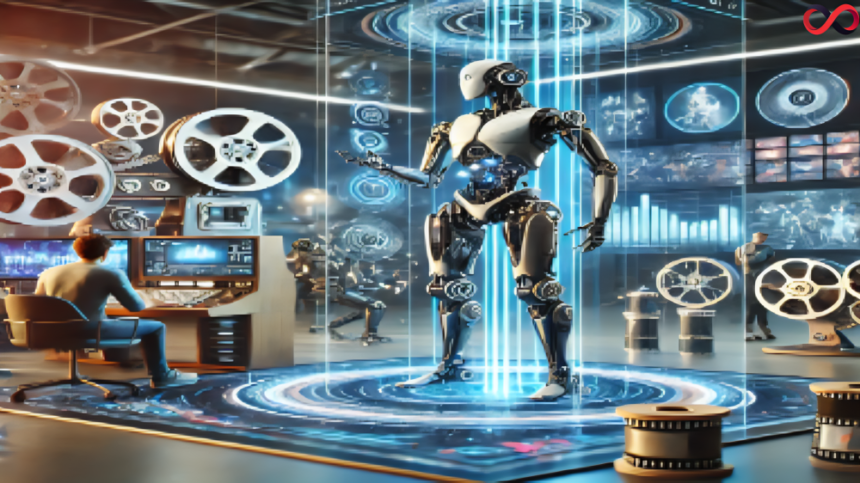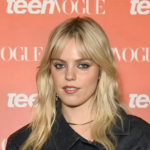The convergence of human creativity and technology often leads to groundbreaking innovations. One such fascinating intersection is the emergence of “Matt Bizer Robot,” a topic that has generated curiosity across technological, artistic, and entrepreneurial domains. In this article, we will explore who Matt Bizer is, the concept of robots associated with him, the innovative projects tied to his name, and the broader implications of integrating robotics into human creativity.
Who is Matt Bizer?
Matt Bizer is an acclaimed creative professional known for his contributions to media production, storytelling, and technological innovation. With a career spanning multiple industries, including film, music, and digital content, Bizer has established himself as a forward-thinker passionate about integrating technology into creative processes. His collaborations with major brands and artists showcase his knack for pushing boundaries and exploring uncharted territories.
The Concept Behind the “Matt Bizer Robot”
The term “Matt Bizer Robot” represents a blend of cutting-edge robotics and human ingenuity. While Bizer himself may not be a roboticist, his work inspires discussions about how robotics can be utilized in creative storytelling, art installations, and production techniques. Let’s delve deeper into how robotics intersects with the creative domains that Bizer is known for.
1. Robotics in Filmmaking and Media Production
The use of robots in filmmaking has revolutionized how scenes are shot and produced. From precision camera movements to complex visual effects, robots bring accuracy and repeatability that human operators may struggle to achieve. As someone deeply entrenched in media production, Bizer’s work could inspire innovative ways to use robotics for:
- Capturing complex tracking shots.
- Enabling dynamic visual storytelling through automated setups.
- Enhancing the quality and scope of content creation.
2. Interactive Installations and Audience Engagement
Robots aren’t just tools for production; they also enhance audience experiences. Interactive robotic installations can be found in museums, events, and concerts, offering engaging and immersive experiences. Inspired by the artistic realms Bizer operates in, robotic art installations could be imagined to:
- Create personalized interactions with audiences.
- Deliver multisensory experiences.
- Serve as a bridge between digital media and physical reality.
3. AI and Robotics in Music and Live Performances
The integration of AI-powered robots in music is an emerging field. From robotic instruments to stage assistants, the possibilities are endless. A “Matt Bizer Robot” in the music domain could:
- Automate lighting and sound adjustments during live performances.
- Play musical instruments with impeccable precision.
- Collaborate with human artists for unique performances.
The Broader Implications of Robotics in Creativity
While the “Matt Bizer Robot” captures our imagination as a concept, its broader implications lie in how robotics influences creative industries. Here are key areas to consider:
1. Efficiency and Productivity
Robots can perform repetitive tasks quickly and accurately, freeing up human creators to focus on ideation and innovation.
2. Accessibility and Democratization
Robotic tools and AI can lower barriers to entry for aspiring creators, enabling them to produce high-quality content with limited resources.
3. Ethical Considerations
As robots become more integrated into creative processes, ethical questions arise:
- How much of the creative credit goes to the robot?
- Should there be limits to automation in art?
4. Augmenting Human Creativity
Rather than replacing humans, robots can augment creativity by providing new tools and possibilities that push the boundaries of imagination.
A Hypothetical “Matt Bizer Robot” Project
If Matt Bizer were to collaborate on a robotics project, it might combine storytelling, interactivity, and cutting-edge technology. Imagine an AI-powered robot that serves as a co-creator for filmmakers:
- Scene Generator: The robot could use AI algorithms to suggest camera angles, lighting setups, and soundtracks based on the script.
- Interactive Assistant: During production, the robot could adjust settings in real-time to accommodate environmental changes.
- Audience Analyzer: The robot could gauge audience reactions in real-time and suggest edits or enhancements.
Such a project would exemplify how robotics and creativity can coexist harmoniously.
The Future of Robots in Creative Industries
As we look ahead, robots are poised to play an even more significant role in creative industries. Here are some future trends to watch for:
- Hyper-Personalized Content Creation
AI and robotics will enable creators to tailor content to individual preferences, enhancing user engagement. - Collaborative AI Models
Robots will act as collaborators rather than tools, contributing unique ideas and perspectives to the creative process. - Immersive Virtual Reality (VR) and Augmented Reality (AR)
Robots will play a crucial role in developing VR and AR experiences, creating dynamic, responsive environments. - Sustainability in Creativity
Robots can optimize resources and reduce waste in production processes, making creative industries more sustainable.
FAQs
1. Who is Matt Bizer?
Matt Bizer is a creative professional known for his work in media production, storytelling, and innovation. He has collaborated with major brands and artists to push the boundaries of creativity.
2. What is the ‘Matt Bizer Robot’?
The “Matt Bizer Robot” is a concept representing the integration of robotics and creative processes, inspired by Bizer’s work in media and storytelling.
3. How are robots used in creative industries?
Creators use robots in filmmaking, interactive installations, and music performances to enhance precision, efficiency, and audience engagement.
4. What are the ethical concerns of robotics in creativity?
Key ethical concerns include determining the extent of automation, credit allocation, and maintaining the authenticity of human-created art.
5. What is the future of robots in creativity?
The future includes personalized content, collaborative AI models, immersive VR/AR experiences, and sustainable production methods enabled by robotics.
Conclusion
The concept of the “Matt Bizer Robot” is more than just a hypothetical idea—it represents the broader integration of robotics into creative fields. Robots reshape how creators conceive, produce, and experience art in filmmaking, music, and interactive installations.







